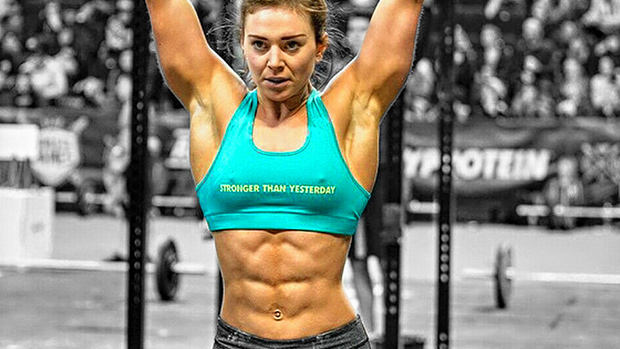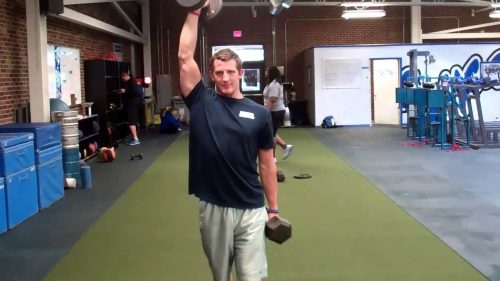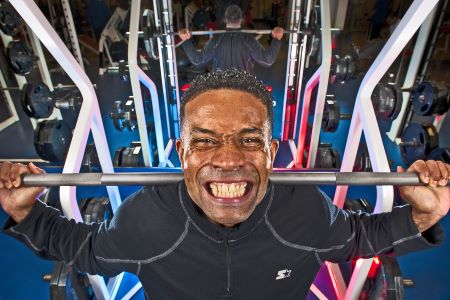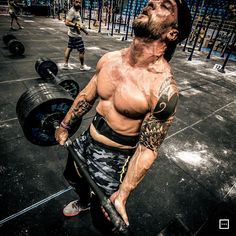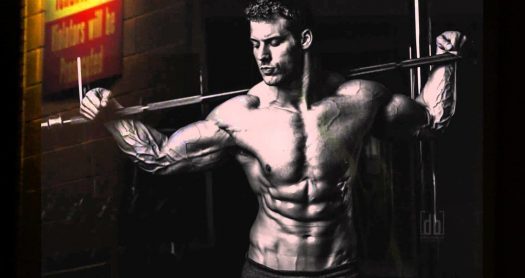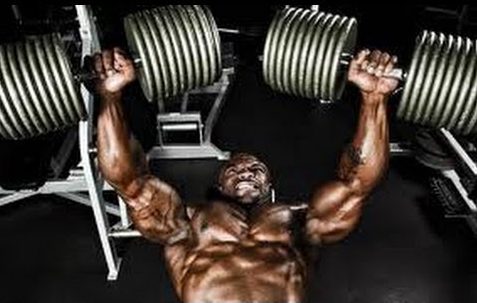
Takeaway #1
Less is actually more when trying to build muscle.
Takeaway #2
Don’t try too many things at once. You’ll end up not progressing as much.
Takeaway #3
The classics are still the best when it comes to muscle building. Go basic or go home!
Related: The Complete Guide to Build Muscle Fast
Not a lot of people can focus on working out all the time.
There’s life, work, responsibilities, social aspects and all that. The first thing that usually goes out the window when life gets busy is, you know it- training.
I myself am not immune to the lightning-fast pace of our society.
So when this happens, I take a good, hard look at the program, take away the stuff that doesn’t matter and go back to what’s really important.
I call this program ‘the minimalists’ muscle building guide’‘.
It’s really all about focusing on the basics. Take away the rose-tinted glasses and what do you get? Actual results and lean muscles that stick.
Let me tell you about this minimalist concept more.
Common knowledge will tell you that you should divvy up your training and work each muscle group separately. However, the ‘isolation’ concept takes a whole lotta time and isn’t applicable for everyone.
So when you strip away that clutter, you remove unnecessary analytics and avoid sub-par results.
Rather than trying to understand and incorporate that Eastern European Squat you’ve heard so much about, or doing the math and timing on optimal tempos, here’s what I’d say- stop, and don’t.
It’s time to take back control of your workout. Basic movement patterns will make you stronger. Add progressive overload to the mix and you’ll experience rapid development in no time.
Let’s take the hype and work it further below.
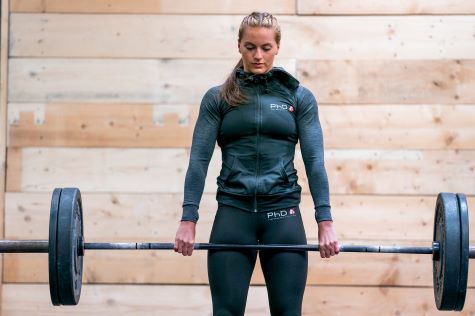
Muscle Building Using The Minimalist Approach
Quality is King
Foregoing quantity for quality may sound crazy, but trust me on this one.
Weights and reps take the backseat in the principle of minimalist muscle building.
Yes, you heard that right. Swallow your pride and you can benefit from following this rule. As a bonus, your self-confidence soars through the roof and performance improves by a huge margin.
Sadly, most new athletes are trained by their coaches to go hard and do everything. As well-meaning as they are there’s very little science behind that approach.
Overload is still largely an essential factor in muscle gain, but if the system is flawed then no matter how much weight or conditioning you put into it there’s very little to show.
You also run the risk of getting injured, which will be a major bummer if it happens.
So what does it mean when I say quality? Get your chest lower when doing push-ups. Don’t do dive-ins on squats and land all your jumps. Stay in perfect form when doing deadlifts.
While I agree that there’s nothing like feeling the rush that comes from pushing yourself to the limit, it makes zero sense to do that in a faulty system.
This principle is easy to remember. Instead of asking ‘how much should I do X movement?’, you should say, ‘how well am I doing it?’
As for the rewards, you get fewer injuries and have a longer career, as well as gaining more muscle in less time. You will likely surpass knobheads who don’t know any better.

Back to Basics
Technology has given us a lot in terms of convenience, but you shouldn’t be relying on them for your muscle-building goals.
What I mean to say is, machines are good at doing one thing- limiting you to single movement patterns and eliminating muscle stabilization. Without it, all the muscles you build will be largely superficial, meaning you won’t be able to use it in real life.
Our bodies are meant to freely move and work together to complete tasks. For this reason, you should employ two things- movement and free weights to simulate natural work, and thus build functional muscles.
Forget the newest exercise machines and all those newfangled products- your bodyweight should more than suffice.
Still, if you feel the need to add equipment, here are a few I would recommend:
– bands
– suspension trainer
– dumbbells and barbells
– some real estate
The simplest moves are the pull, push, sprint, lunge, hinge and squat. They’re great for minimalist muscle building as they work several groups at once and are very useful in sports and life.
Don’t forget that conditioning and core exercises are very important as well. You don’t want a weak core or to look out of shape, do you?
Here are the exercises I’d recommend for the basic movements.
Pull – One Arm Row, seated row, bent over row and pull-ups.
Push – One arm press, jerk, overhead press, push-up and bench press.
Sprint – Open surface, treadmill or work on a hill. Athletes will want to go for change of direction as well.
Lunge – Bulgarian split squat, step back lunge, split squat and walking lunge.
Hinge – Kettlebell swing, good mornings, all variations of deadlift.
Squat – Jump squats, back squat, Zercher squat, goblet squat and front squat.
Conditioning -Complexes, intervals, biking, sprints and bodyweight circuits are all good. Go out, have fun and work out the old ticker.
Core – Ab wheel rollouts, Paloff presses, side planks and planks.
Carry – Overhead carry, single-arm farmer’s walk and regular framer’s carries
Related: – 6 Fundamental Exercises for Athletes
Building Muscle, The Minimalist Way
You can follow my recommended exercise order when building athletic muscle.
Strapped for time but need good results? You can’t go wrong when you focus on strength and performance. Remember, exercises that demand a lot from you should go first, such as heavy lifts, sprints and cleans.
Stay away from the pump hype if you don’t want to be disappointed. You’re looking for results here, not preening around the gym and wasting more time.
The first order of business is of course, warming up.
Step 1. Do Your Warm-Ups
Do not skip warming up even if you have only an hour or so. I repeat- do the motions if you want what’s best for you!
It’s not an afterthought, but rather there’s a science behind warming up. As you complete the motions you’re preparing your body for the physical activity that lies ahead. Furthermore, your mind gets psyched in the process as well.
Warm-ups inherently address mobility, flexibility, tissue length and density, all of which are necessary to gauge and lessen the risk of injury. It can iron out kinks in your movement and result in quality (which is the main goal).
Now, after going through the process I’d recommend doing neuromuscular activation drills and dynamic stretching before working out. This helps enhance your movement, reduces injury risk, activates the deep stabilizers and proprioceptors and improves muscle tissue flexibility and density.
You get all those benefits just by dedicating a small portion of your time preparing your body for the actual workout.
Yeah, you can sit and post a selfie on your social media page, but here’s the thing- you can put away your phone and do something else, warm-ups for example.

Step 2. Movement, Movement, Movement
Movement precedes the heavy lifting for a number of reasons.
It makes sense to prioritize movement training if you’re aiming to improve athletic performance. Sprints and jumps are very practical, and your body will naturally adapt to it and get better.
Sprinting is a technical workout, and when you do it wrong there’s a high chance of getting injured. You wouldn’t want to do these when you’re fatigued from compounds and power lifts.
Also, movement has a useful side benefit of working your nervous system and prepping the body for what’s about to come next.
Step 3. Next, The Heavy Lifting
Snatches, cleans and Olympic lifts are also considered technical work, which means your full attention and focus is needed for maximum output and safety.
In terms of gaining muscle and strength, there are few that can beat an Olympic lift. I usually clear out my program in favor of explosive lifts when I’m short on training time.
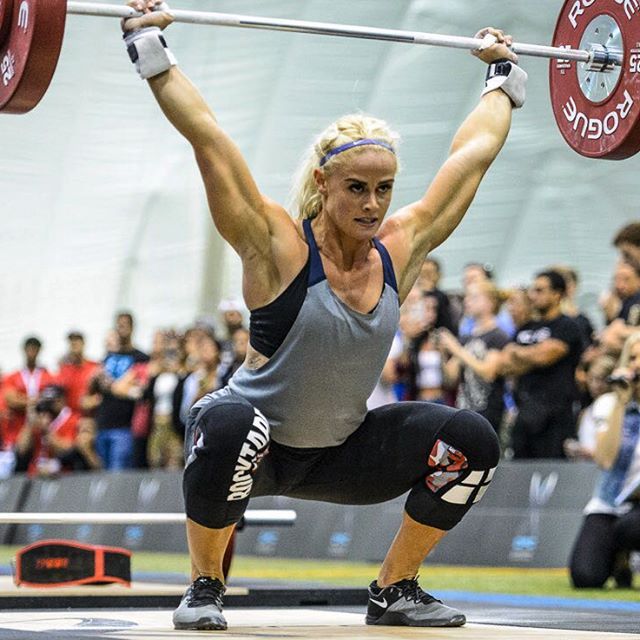
Step 4. Then, Compound Strength
Not feeling up for power lifts and need to do something safer? Compound strength will be your best bet. You can skip the lifts and go right into step 4 after the warm-ups or the movement session.
Pick one or two major movement patterns and follow a 1-6 reps in 3-6 sets each.
Keep in mind that compound strength exercises such as pulls, presses, deadlifts and squats are no joke. They are difficult but not too taxing to push you past failure.
Also, pay attention to your form and notice when it’s breaking down. Ease up on the weights because your form is more important than maxing out.
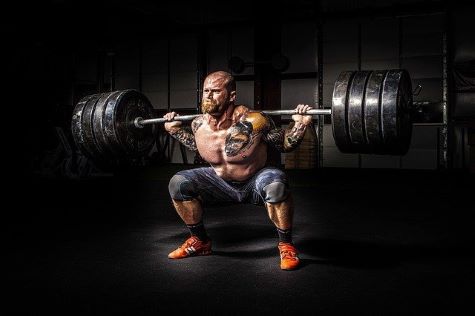
Step 5. Work in Some Compound Reps
Supplement your training with one or two of your favorite movements and do them in 8-15 reps and 2-4 sets each. Much like step 4, these will be difficult but it shouldn’t push you past failure.
Step 6. Go Freestyle!
Minimalist muscle training isn’t necessarily strict- you’ll have some sort of flexibility after you do what’s important.
Minimal training should not be complicated and free of clutter. I’d wholly recommend squeezing some ‘fun time’ every now and then by doing isometrics, farmer walks, ab work and arm work anywhere between 10 to 15 minutes.
What’s important is you keep up the tempo, work hard and have fun!
Related: Farmer’s Walks to Build Serious Muscle
Step 7. Finally, Conditioning
Conditioning should be a part of every training session you’ll have moving forward. Good examples include complexes, push sleds, bodyweight circuits, boxing and sub-maximal sprints to name a few.
Aim for twice a week and mix it up with HIIT, or high interval training to keep the body fat down and improve work capacity as a whole.
Conditioning isn’t limited indoors, though. Get out there and swim, hike or walk, whatever gets you going. Stay in shape and you’ll do just fine!
The Right Frequency for Muscle Building
Those who want to make the most out of limited time should aim for a total body workout since this will give your muscles the best stimulation frequency.
Total body workouts will also train you for movement patterns and condition your body for maximum gains and muscle growth.
It’s a very organic way to setting yourself up for real-life movements, something that you won’t get by training exclusively with machines and the latest equipment. In the end, you’ll have a physique that’s ready for anything your discipline throws at you.
So, 3 total body workouts accompanied by two conditioning sessions each week should do the trick.
You can add 5 to 10 minutes of core, band pull-aparts, squats, pull-ups and push-ups to shake things up a bit for good measure.
Minimalist Building- The Routine
For best results, the Minimalist Muscle Blitz will give you 4 full training routines along a blueprint will show you how to eat f food-enough to build lean muscle-without hiring a chef, it even includes a meal program, It goes into WAY more detail then we do here but below is a good sample routine to get you by.
For the routine below, I’d recommend a 3 times per week split with all variations covered. An example would be to assign Monday Wednesday and Friday as your ‘big’ days and mini-workouts dotting the calendar whenever you have free time.
Monday
- Warm-up
- Sprints – 6 50-yard sprints w/30-second rest between
- Deadlift or Clean 5 sets of 5 reps
- Plank for 3 sets for 40 seconds.
- Bench press 3 sets of 5
- Pull-Ups 3 sets for max reps
Freestyle. Dips, bicep curls or farmer walks for 10 minutes.
Tuesday
Run up hills or do stadiums – 15 mins
Wednesday
- Warm-up
- Jump Squats 2 sets of 15 reps
- Back Toss w/ Medicine Ball 2 sets of 15 reps
- Barbell Floor Press 4 sets of 6 reps and side
- Plank four times for thirty seconds with 3 seconds of rest between sets
- DB Split Squat 3 sets for 8-10 reps
- DB Single Arm Row 3 sest of 8-10 reps.
- Hip Thrust with Bench 3 sets of 8 per leg.
Freestyle. Dips, bicep curls or farmers walk for 10 minutes or so.
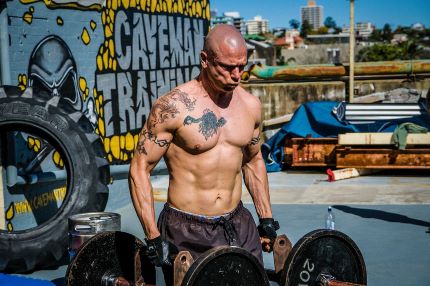
Thursday
Bodyweight exercises for 5 to 10 minutes, then a walk.
Friday
- Warm-up
- Broad Jump 2 sets of 8 reps
- Back Squats 4 sets of 8-10 reps
- Incline bench press 3 sets of 12 reps
- Farmers walk 4 sets of 30-second walks
- TRX Inverted Row 3 sets of 8-10 reps
- Freestyle. Dips, Bicep Curls or triceps extensions for 10 minutes or so.
Saturday
Run for 15 minutes
Jump squats for 3 sets of 15 reps
Push-ups for 3 sets of max reps
Pull-ups for 3 sets of max reps or 3 sets of dumbbell rows for 10 reps
Sunday
Off
Conclusion
At the end of the day, your training must be in conjunction with your abilities and muscle building goals. Going for broke can help from time to time but you get more out by following the minimalist approach.
For a more extensive guide, it could be worth your time to check out the Minimalist Muscle Blitz by fitness expert Eric Bach. It goes into further detail and also covers the diet and nutrition aspect which is equally as important.

Ryan is a former college wrestler and lifelong fitness fanatic with over 25 years in the industry. He’s run half marathons, tackled mud runs, placed in body transformation contests, and coached everything from wrestling to girls’ soccer.
Along the way, he’s tested hundreds of supplements and built a deep well of supplement knowledge. His work has appeared in Muscle & Strength, Testosterone Junkie, The Sport Review, and more. Today, he’s the editor-in-chief of this site, still training hard and helping others reach their goals. Connect with him on LinkedIn below.


